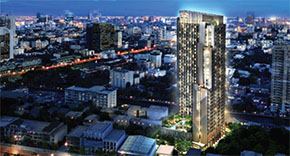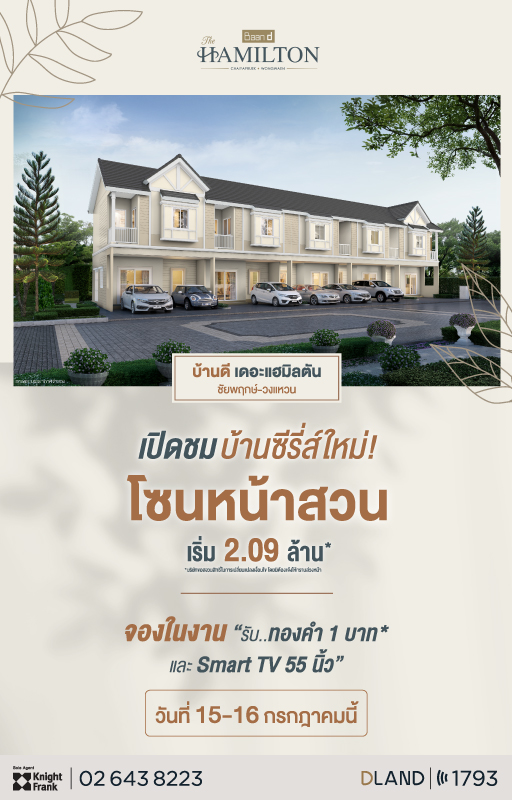Source: Thailand-property.com
Bangkok’s new projects are being built out of the Central Bangkok.
The desire for brand new condominiums in Asia is strong. This is a long standing trend that is not expected to slow down anytime soon. But the location of these condominiums is starting to shift.
For Bangkok, the areas of interest for investors focus along the mass transit networks. Sukhumvit, Sathon and Silom, Lumpini, and the Riverside are hot areas, with Sukhumvit continually leading the pack. Developers hone in on these areas, which we shall define as central Bangkok, in order to reap the rewards of the attractive profit margins on offer, but recent data from real estate firm Edmund Tie and Company suggest this trend is starting to shift.
The number of new units that came onto the market outside of the defined area of central Bangkok nearly doubled for the second half of 2016 than the first half of the year. In fact in 2016 a staggering 92.7 percent of units launched were outside central Bangkok. The main locations were late Sukhumvit and Nonthaburi. But what is the reason for this?
1. Scarcity of land.
Bangkok has been on the receiving end of mass construction. Any strip of land whether it accommodates an existing building or is unoccupied land is eyed up for its development potential. A good example of this is the Riverside, where traditionally there were few condominiums. As this area of Bangkok has a good supply of land, plus the appeal of living by the river has increased, numerous new projects were welcomed to the shores of the Chao Phraya including Raimon Land’s The River, and Country Group’s Four Seasons.
2. Escalating land prices.
As a result of scarcity of land, values are pushed up simply due to demand and supply. Developers are having to consider the type of property they build in a certain area to ensure that it is profitable. Consequently, the high end tier of the market that continues to perform well, are situated in prime locations in a response to demand and profitability. Lower end projects in these locations would not be sustainable, hence the shift to the outer suburbs of Bangkok.
3. Increased mass transit network.
Within central Bangkok, supply was scattered along all the lines of the mass transit network. As this expands, as does the condominium market. The Purple Line has seen numerous condominiums come onto the market as the neighbouring province of Nonthaburi has opened up. Not only does the improved infrastructure network make it easier for people to get around Bangkok, but it also enables businesses to be based in areas outside of central Bangkok to take advantage of cheaper office rents.
Will this trend continue into 2017? It is likely. A combination of the above factors makes it inevitable that developers will continue to look outside of the core of central Bangkok. Plus Bangkok’s residents are taking advantage of improved infrastructure and so are changing their living habits. For investors there is more choice than ever before to find something suited exactly to your needs.














